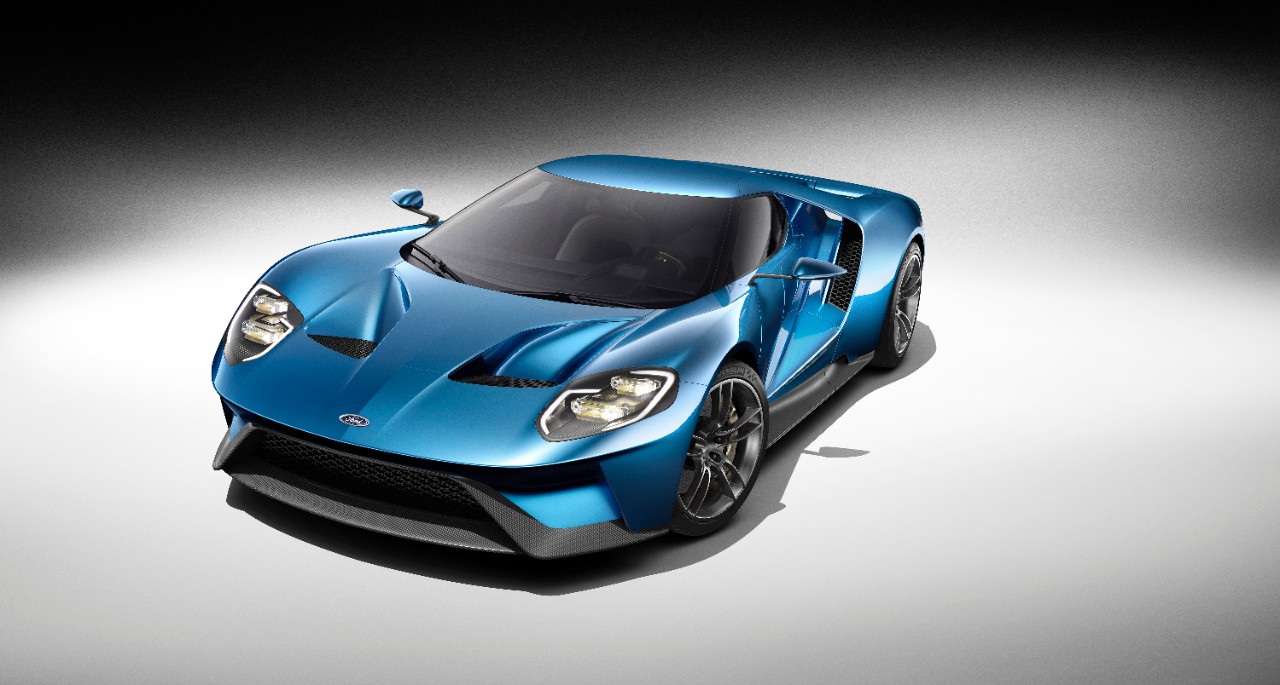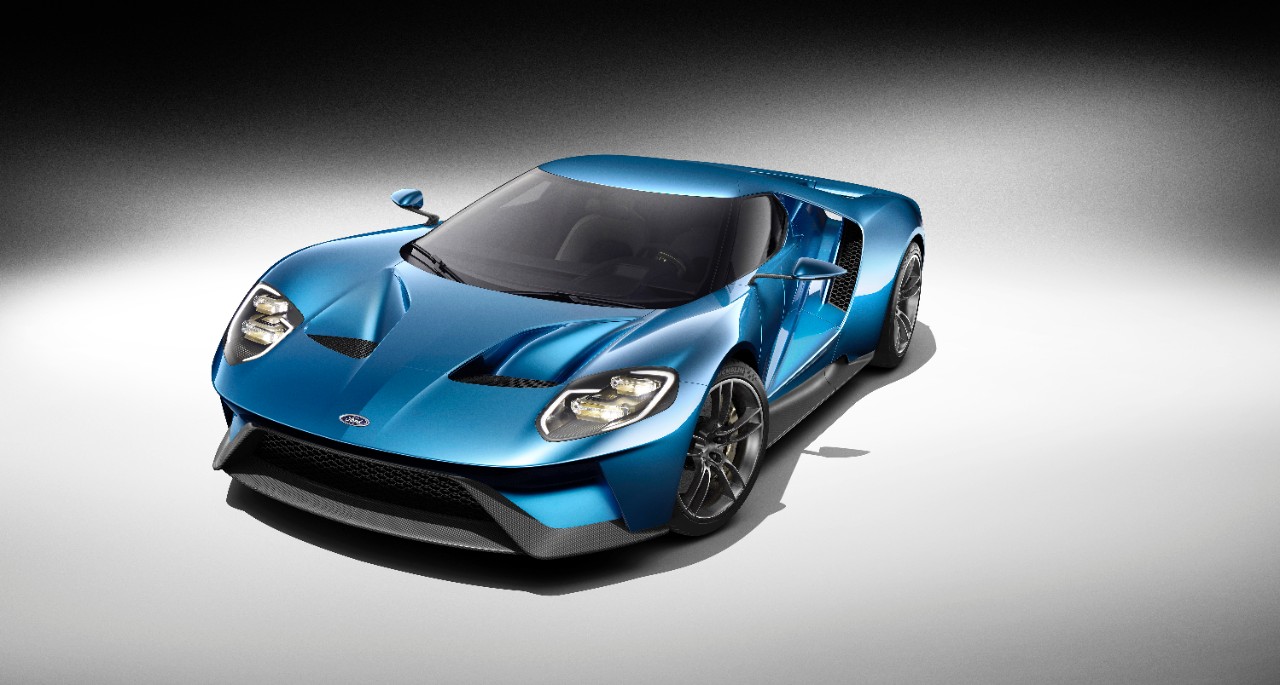data-animation-override>
“If you’re like me and you got rejected with your Ford GT application (just kidding), then you’ve got a second chance!”
I didn’t get rejected from buying a brand-new Ford GT, because I don’t have either the coin or the credentials. However, for those who did apply and did get rejected, Ford are giving you the opportunity to apply to own one of their latest GT supercars … again.

However, the third year of production will be for those who were on the waiting list last time as having first dibs. The fourth and final year of production will be for those who were initially rejected, as well as for new applications.

Why would you want a Ford GT you might ask? Well, here are some specs to drool over. Instead of running a V8 engine as you might think, Ford thought they’d install a 3.5-litre V6 600hp engine with two turbos, named the ‘EcoBoost’. Using an EcoBoost engine was to reflect the direction in which the company is currently heading, using smaller displacement turbocharged engines in a bid to reduce fuel consumption and emissions — in a Ford GT? Yeah, I thought it was odd as well.
Maybe I’ll start working on my application now for when I win the lottery this year!











